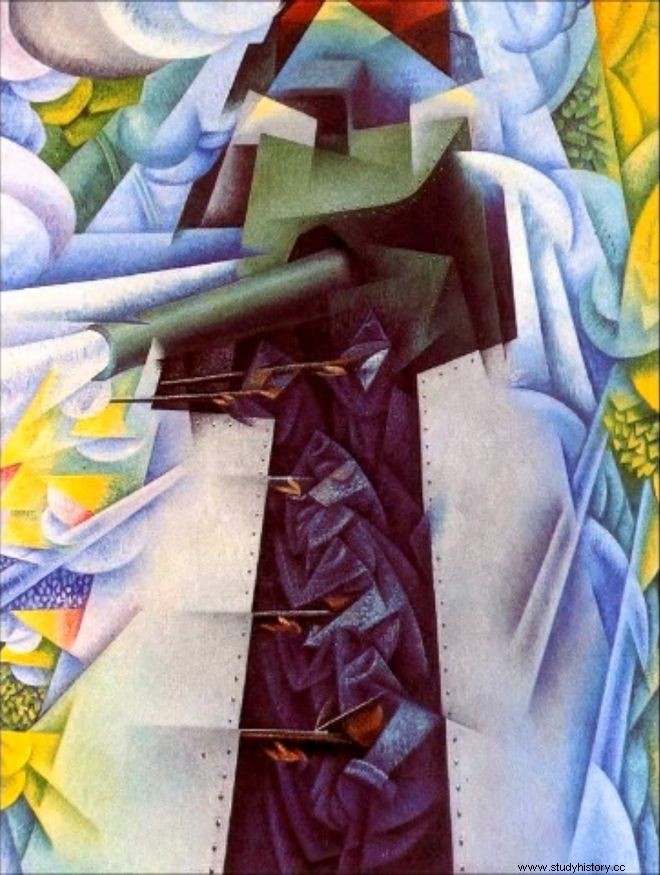The artistic and social movement born in Italy, Futurism, celebrates 110 years of existence with an exhibition in Pisa, where the main works of the artists who shaped it are displayed.

The main exponent of futurism was Filippo Marinetti (1876-1944), while the beginning of the movement is considered to be the year 1909, when Marinetti published in the French newspaper "Figaro" the manifesto of futurism. Marinetti, the scion of a wealthy Italian family in Alexandria, Egypt, studied in Paris and lived in Milan.
“It was only when he arrived in Milan that he realized that there had been an epochal change in society, even in Italian society. So he decided it was time to start an aesthetic revolution in all aspects of the arts, says Ada Masoero, curator of the exhibition.
As Euronews writes, the Futurists introduced every new medium to artistic expression and hailed the new technological means of the time as a triumph of man over nature. They opposed romanticism, old ways, tradition and praised speed and industrial cities.
According to their expression "a car is more beautiful than the Victory of Samothrace". Futurism developed in almost all forms of art, from painting, to theater and also in architectural design.

This manifesto was addressed to the general public, to the crowd and not to a small group as it began. This was another peculiarity of the movement that was certainly one of the most important points of the avant-garde in the twentieth century, says Cosimo Bacci Torsi president of the "Palazzo Blu Foundation".
Sant'Elia died in 1916 and his death is often identified with the end of Futurism. Nevertheless, several representatives of futurism continued to publish and exhibit works, until the end of the 2nd world war.
But as the movement became associated with fascism, the public itself abandoned it.
